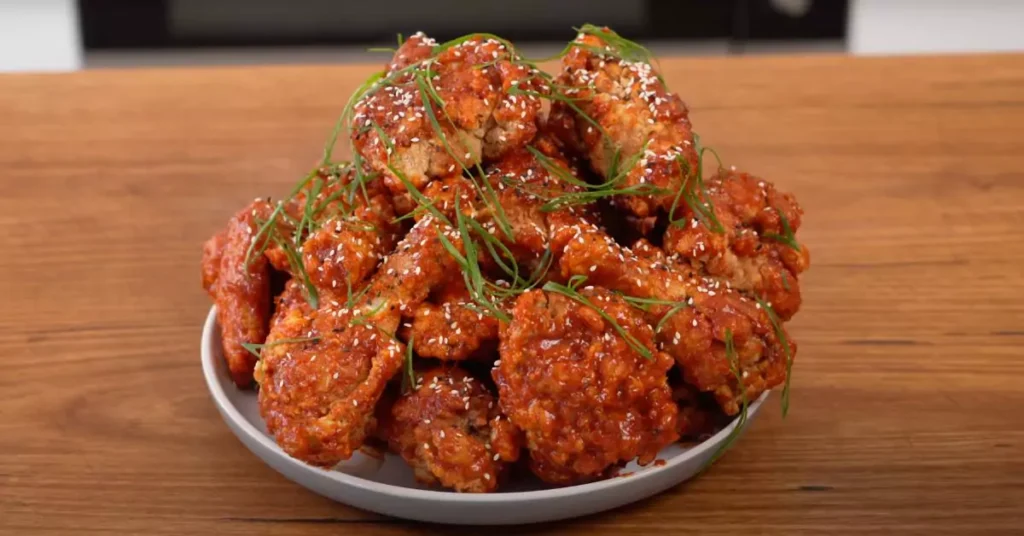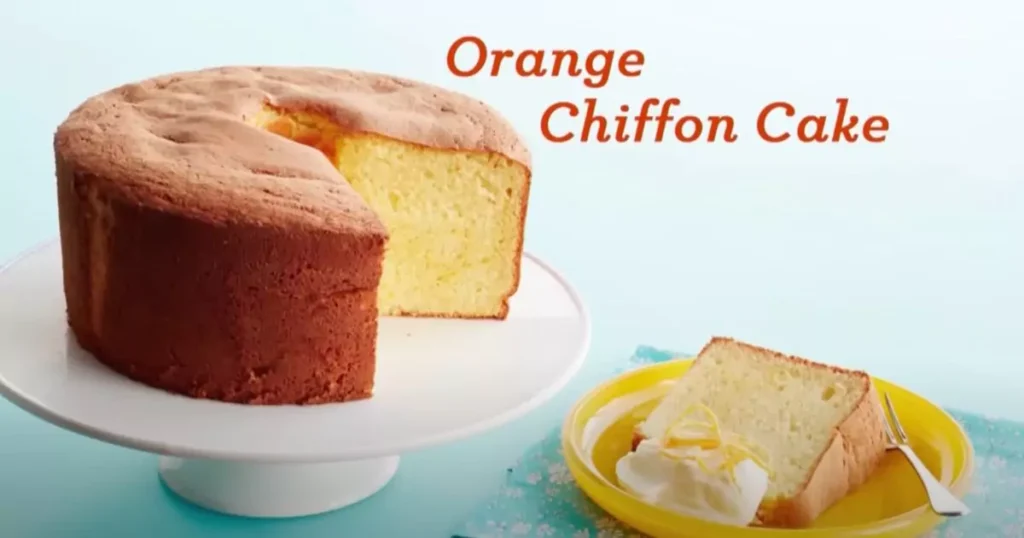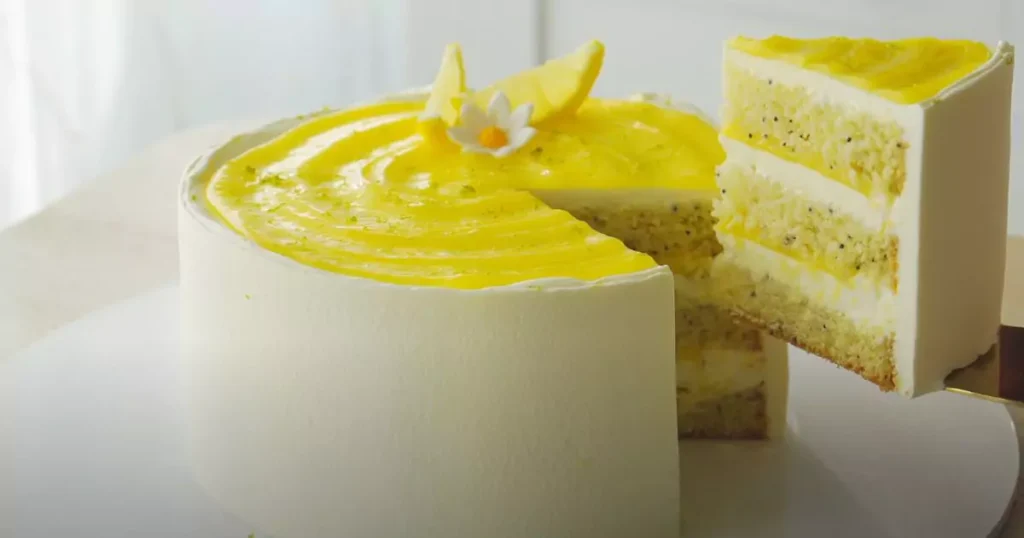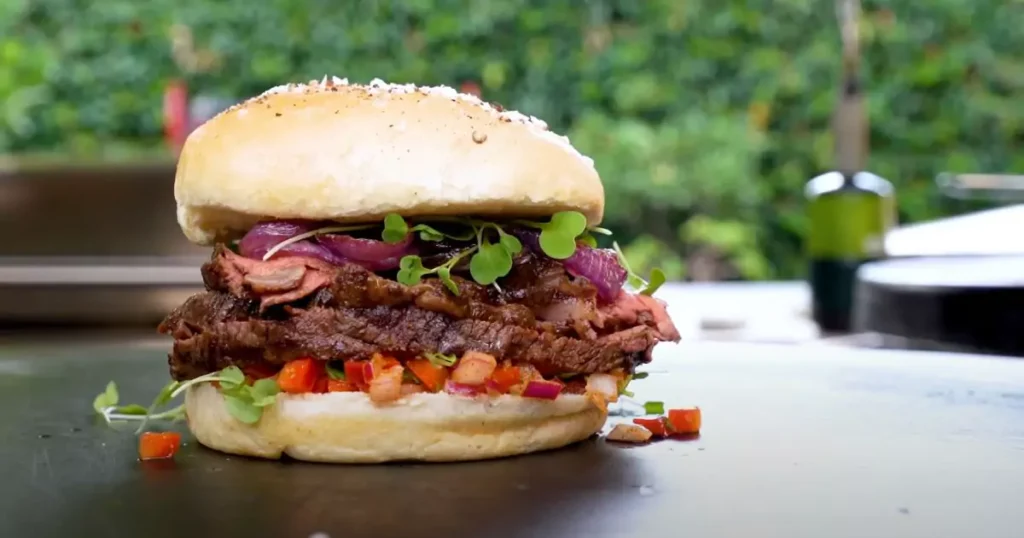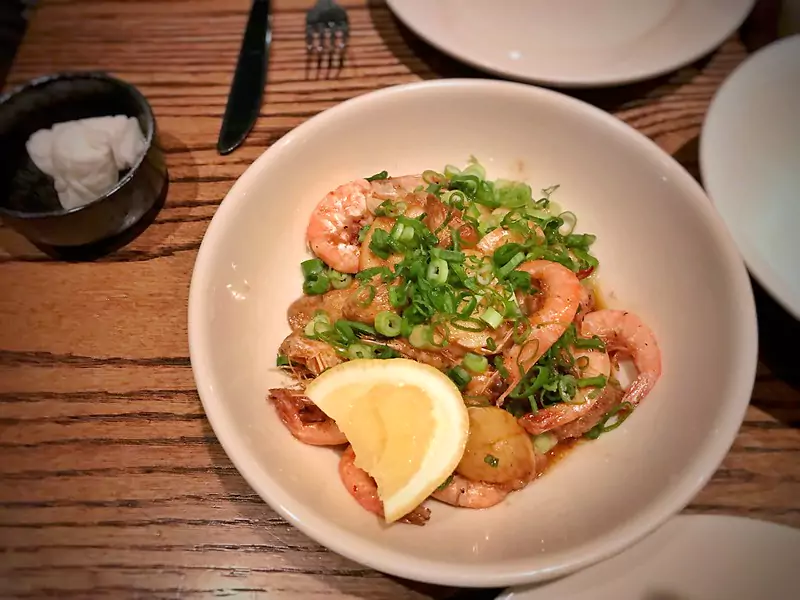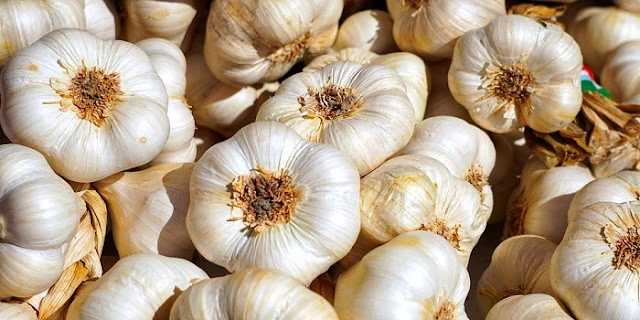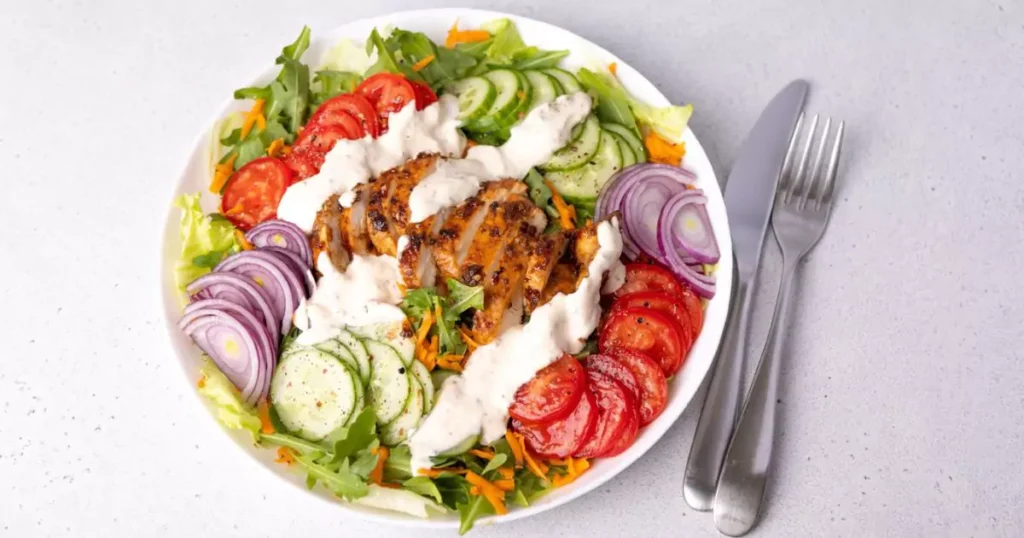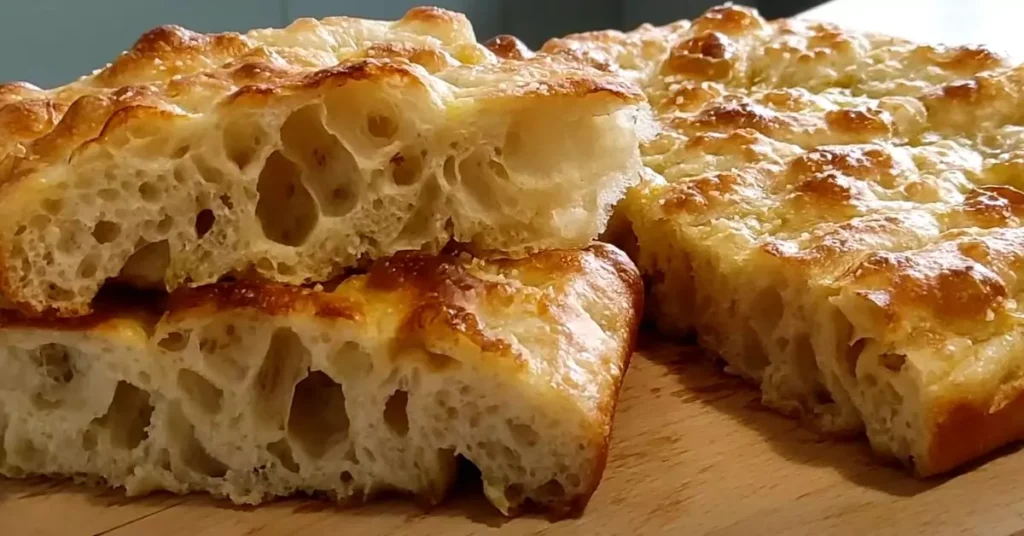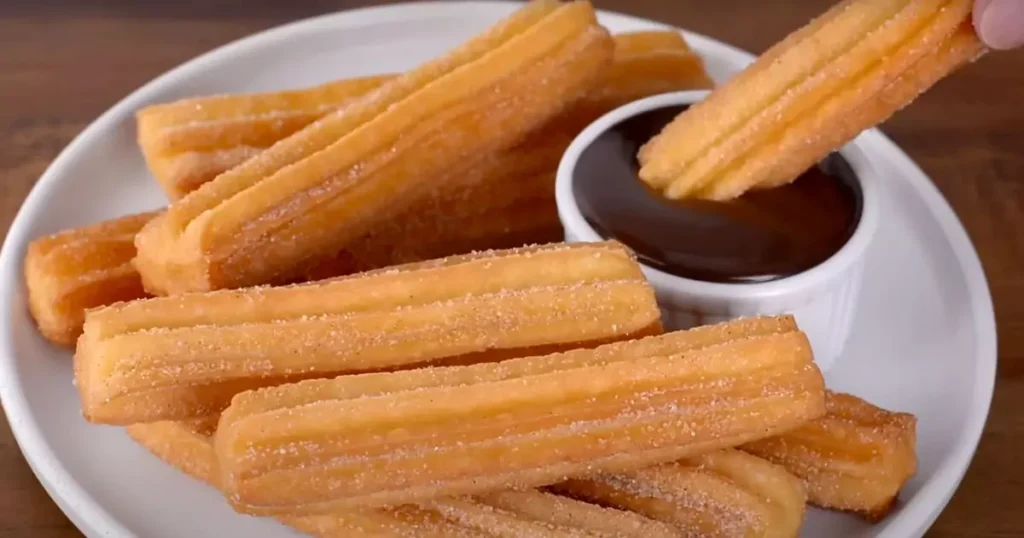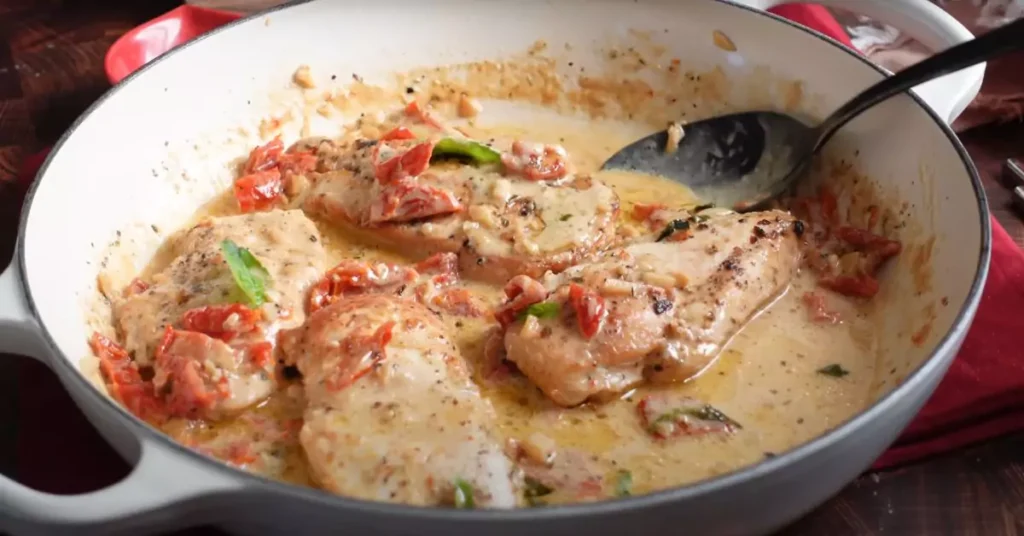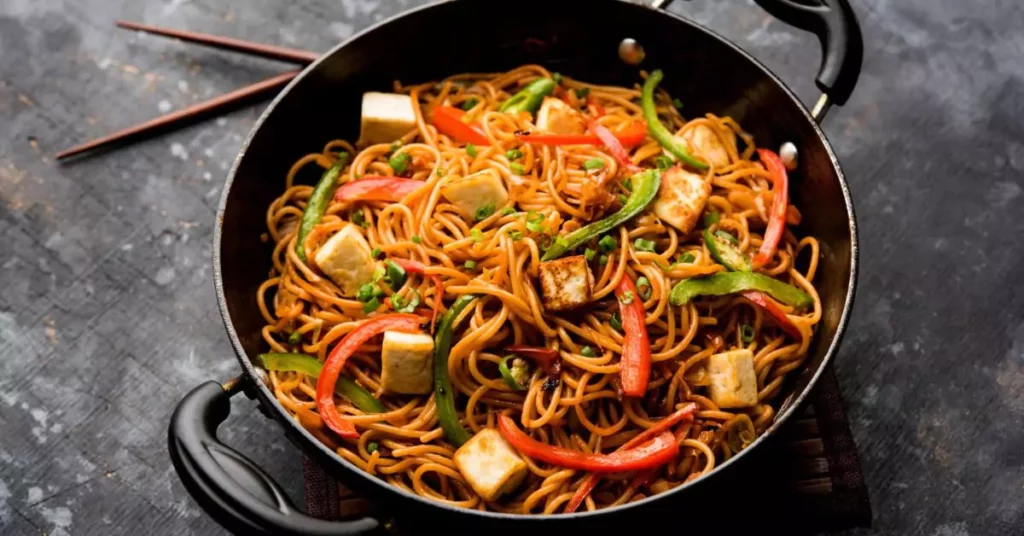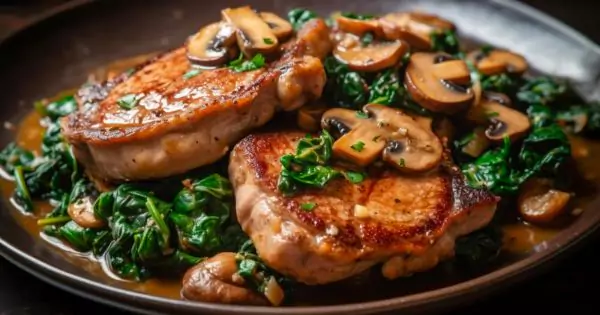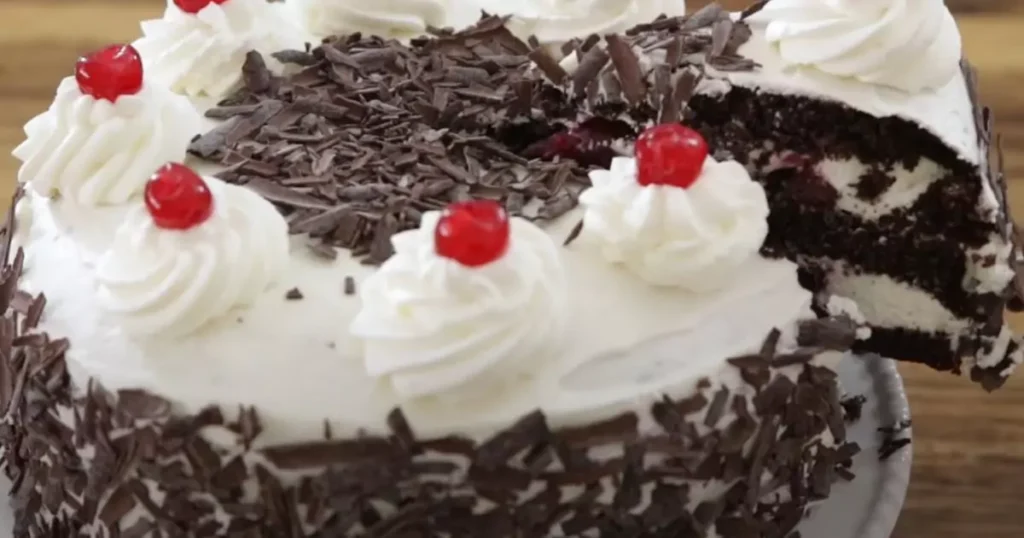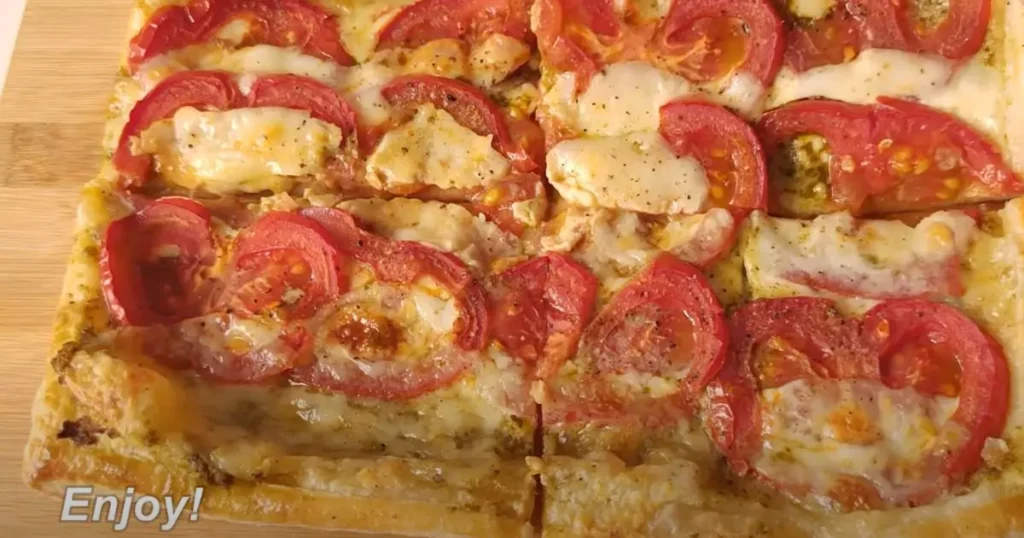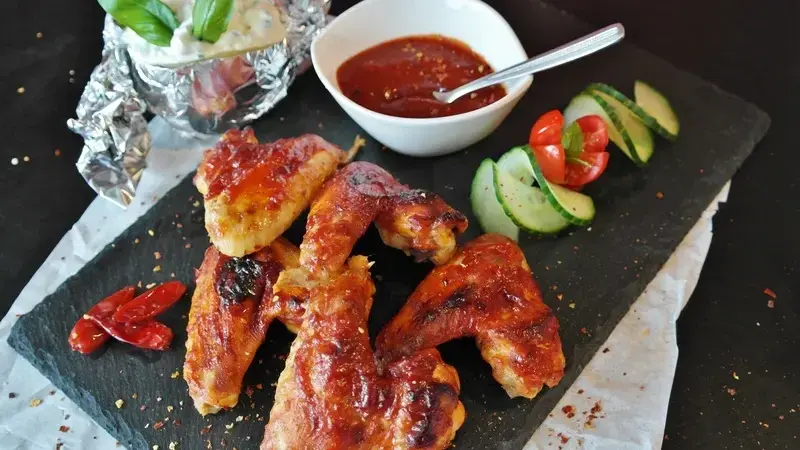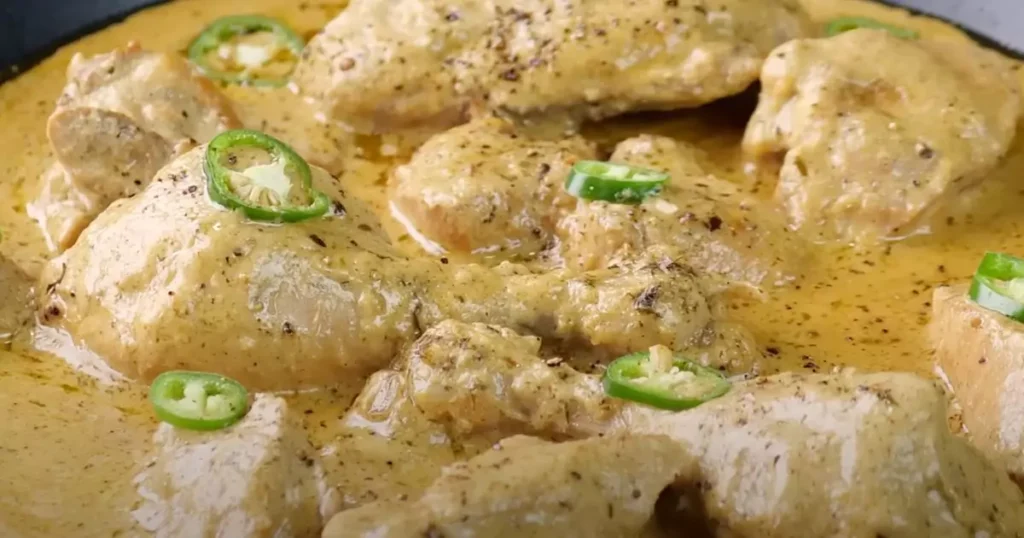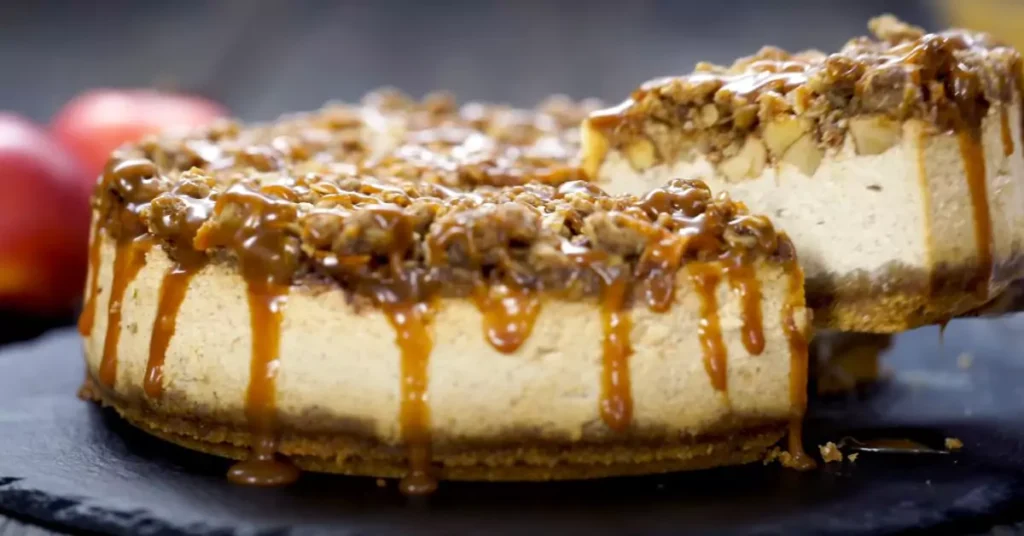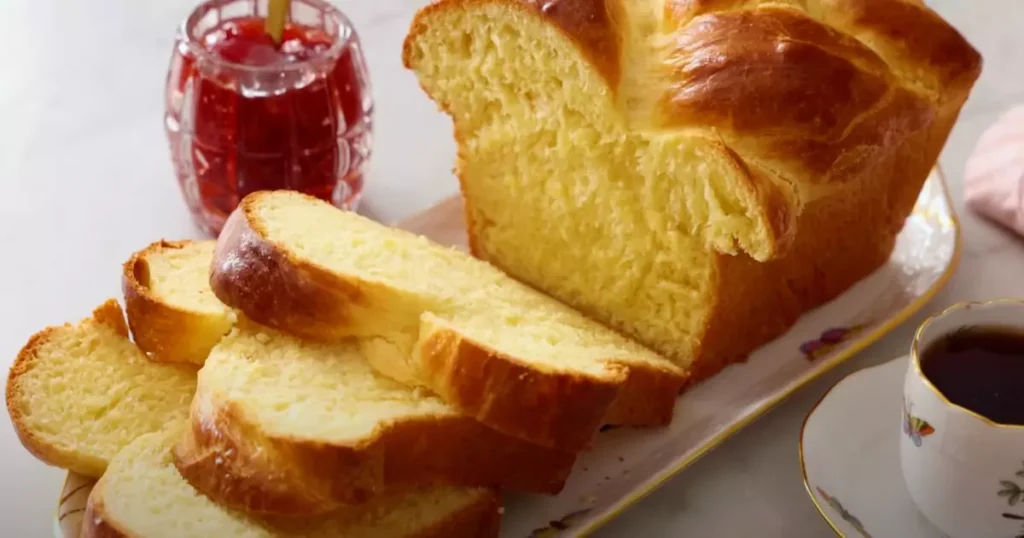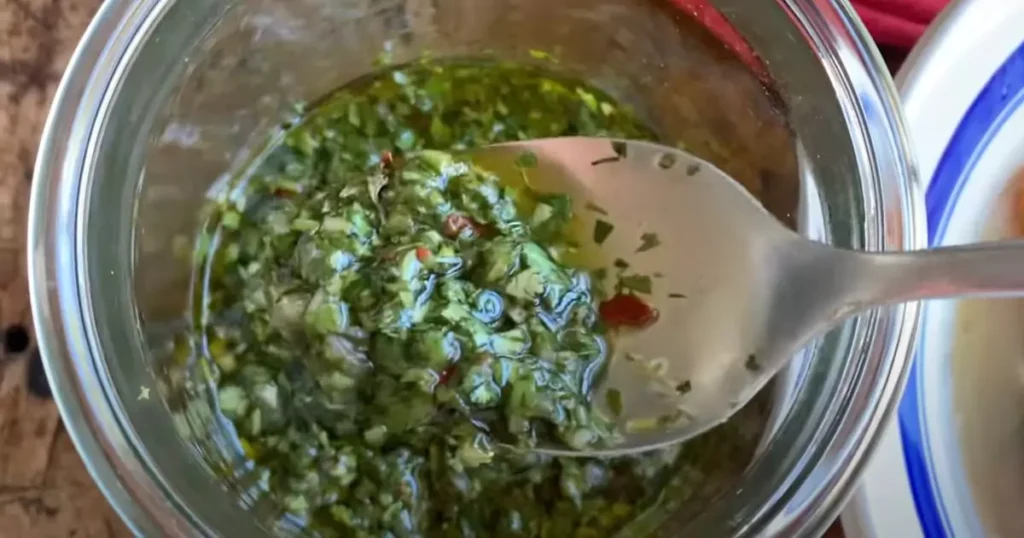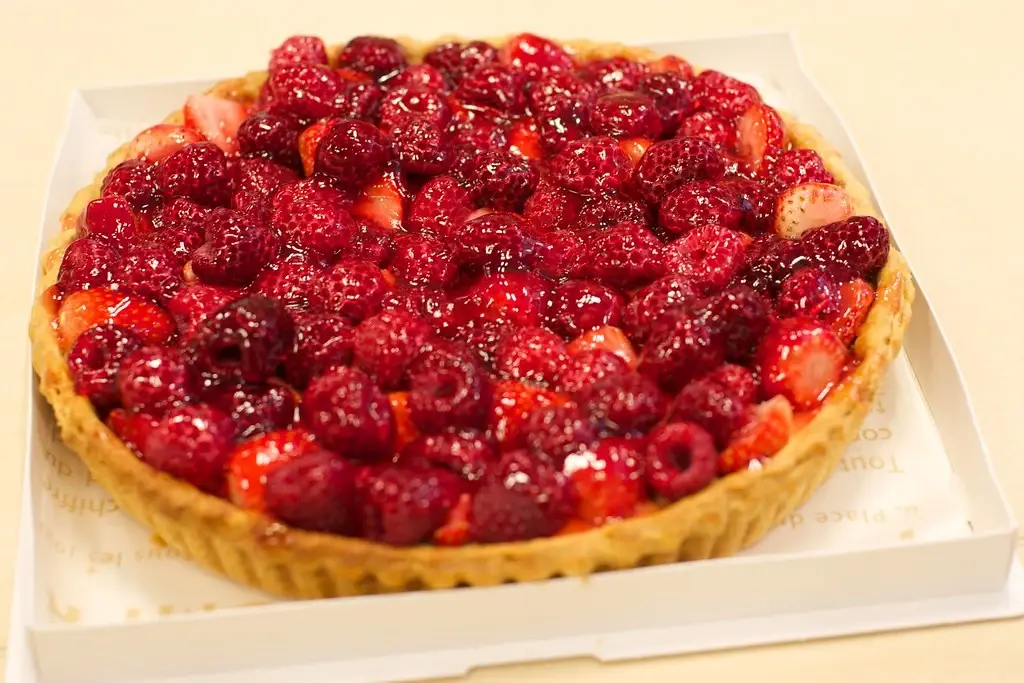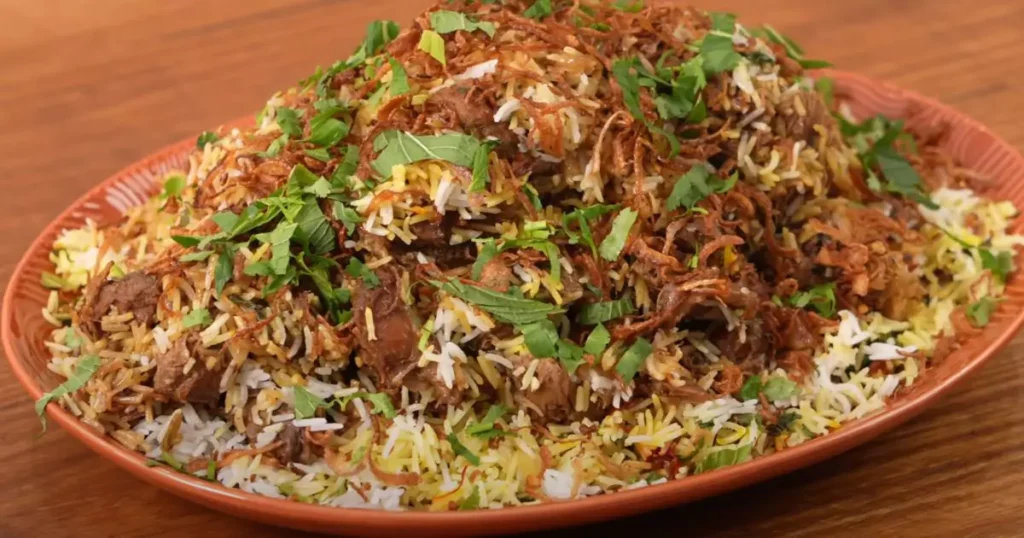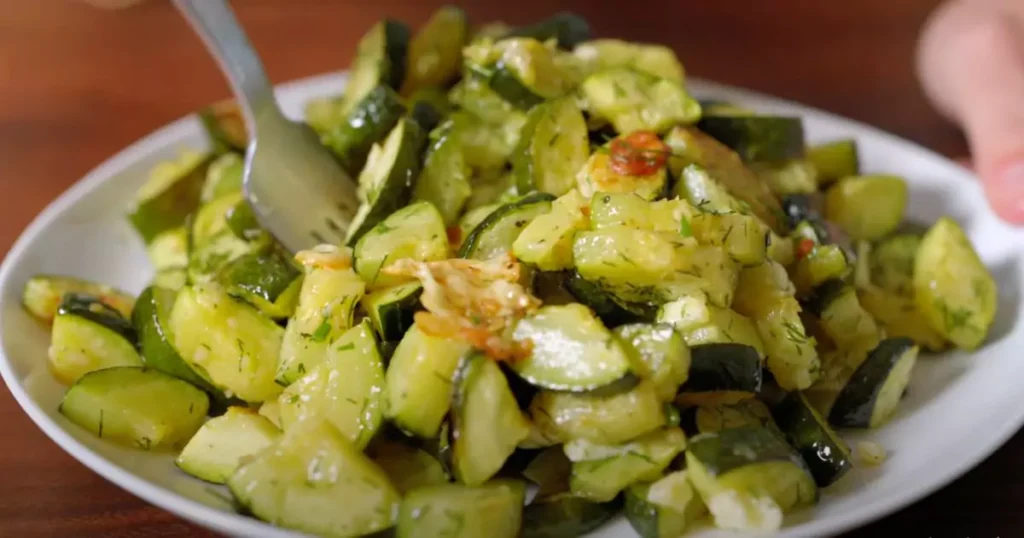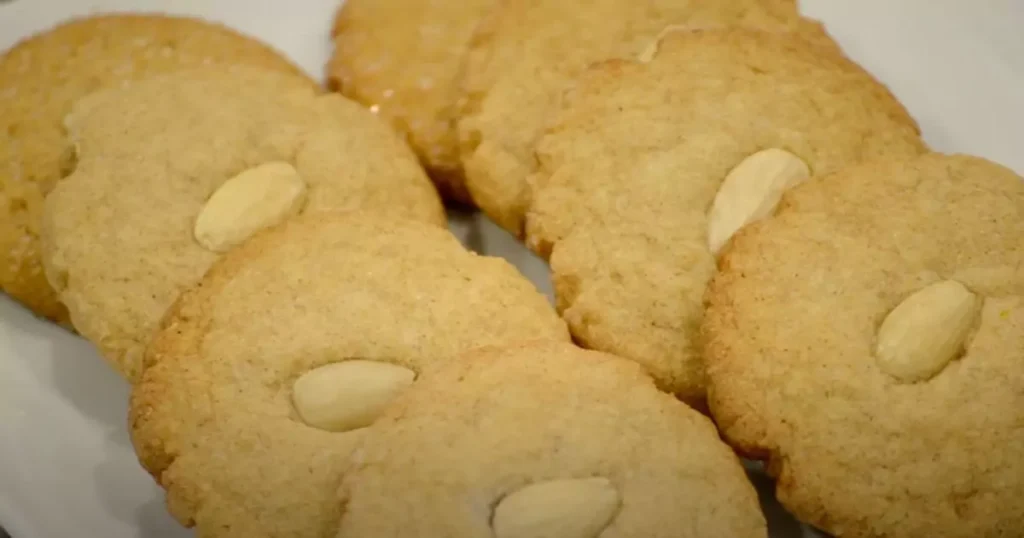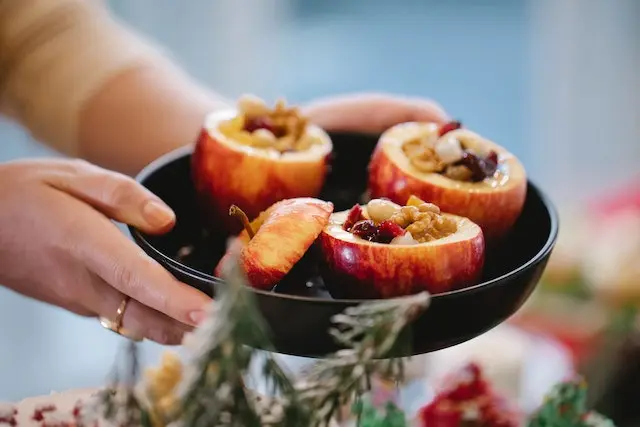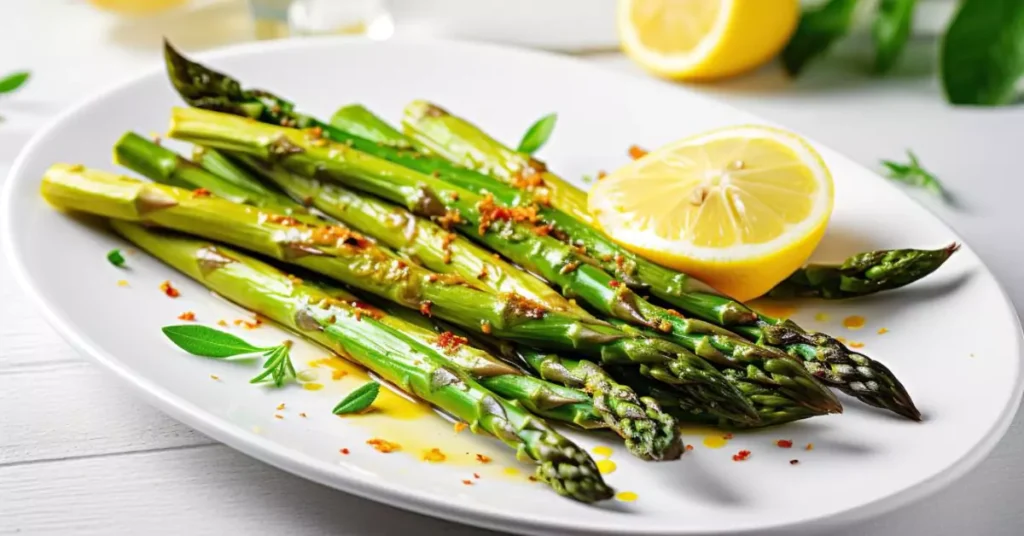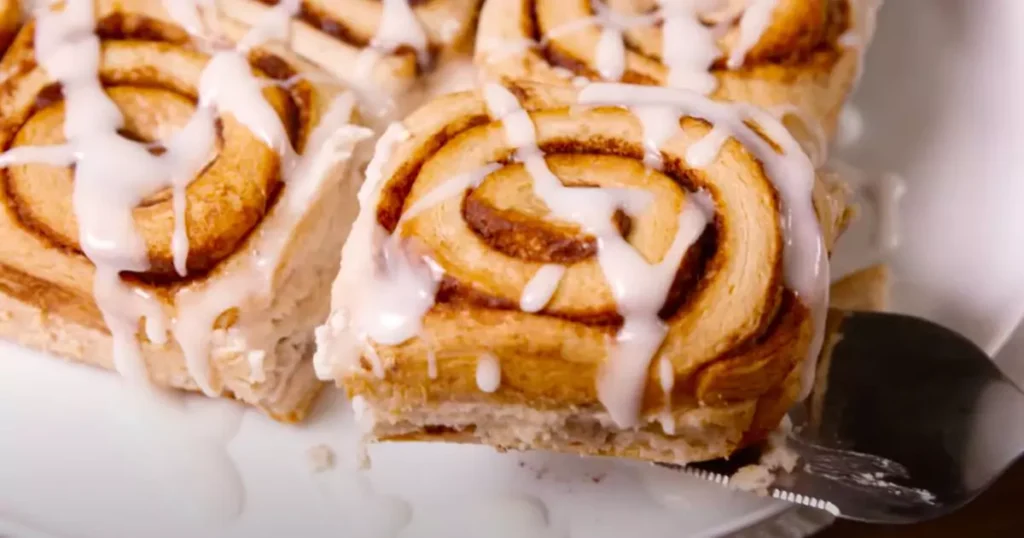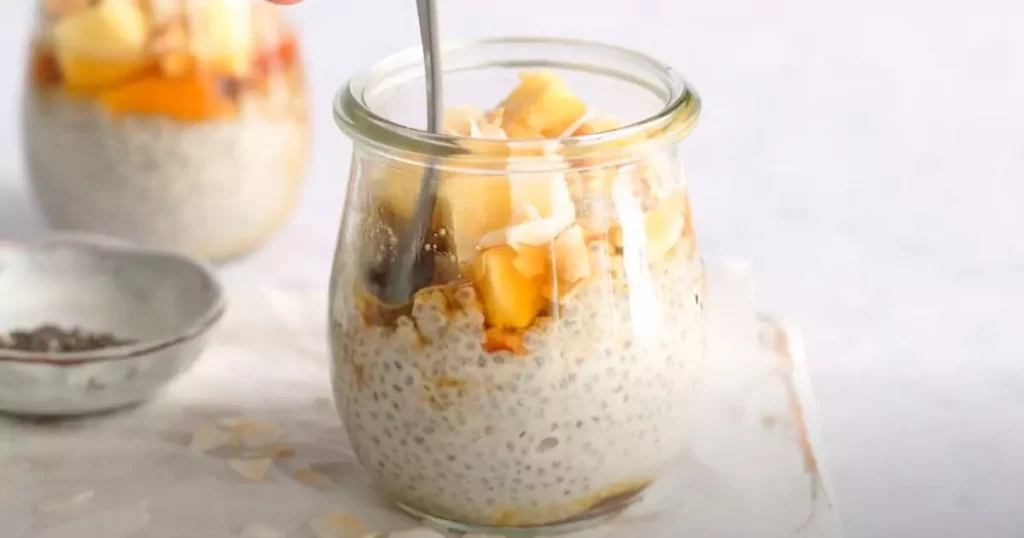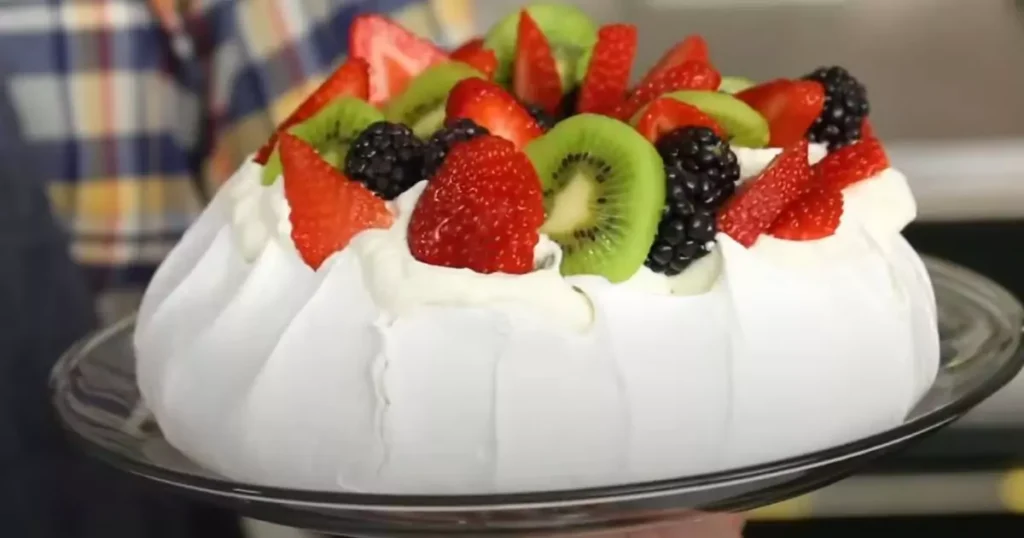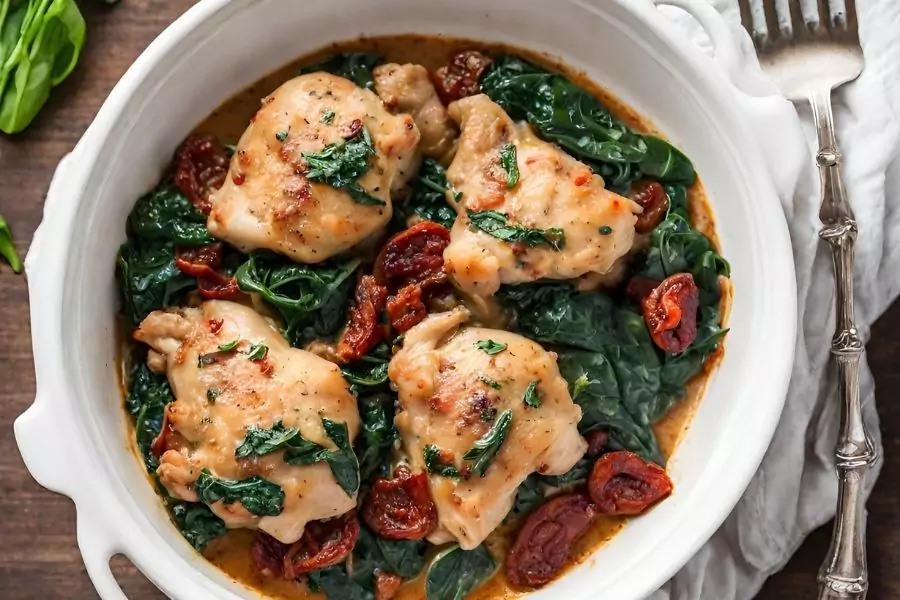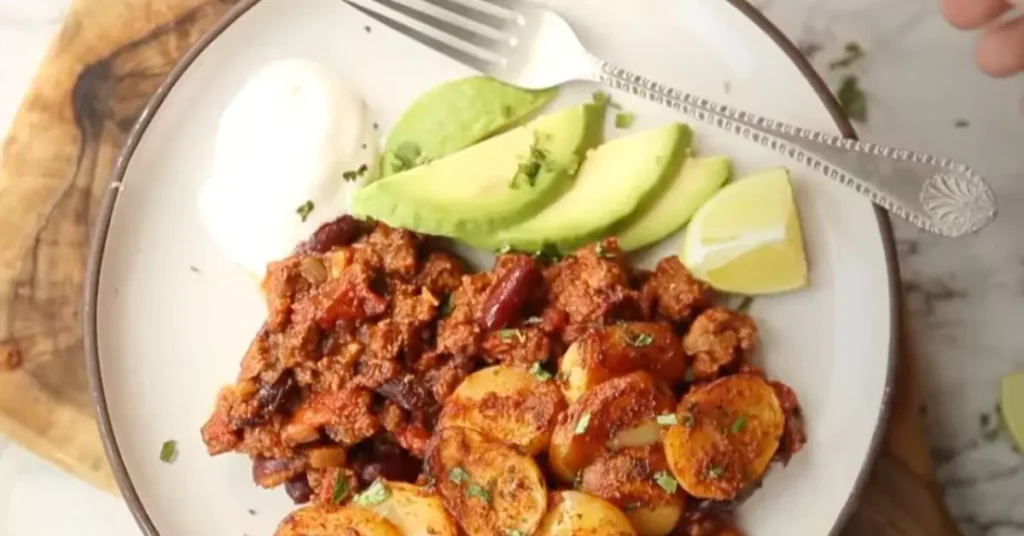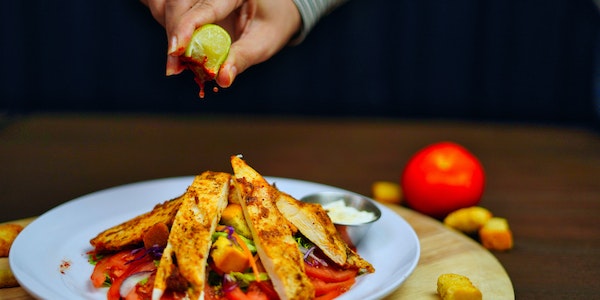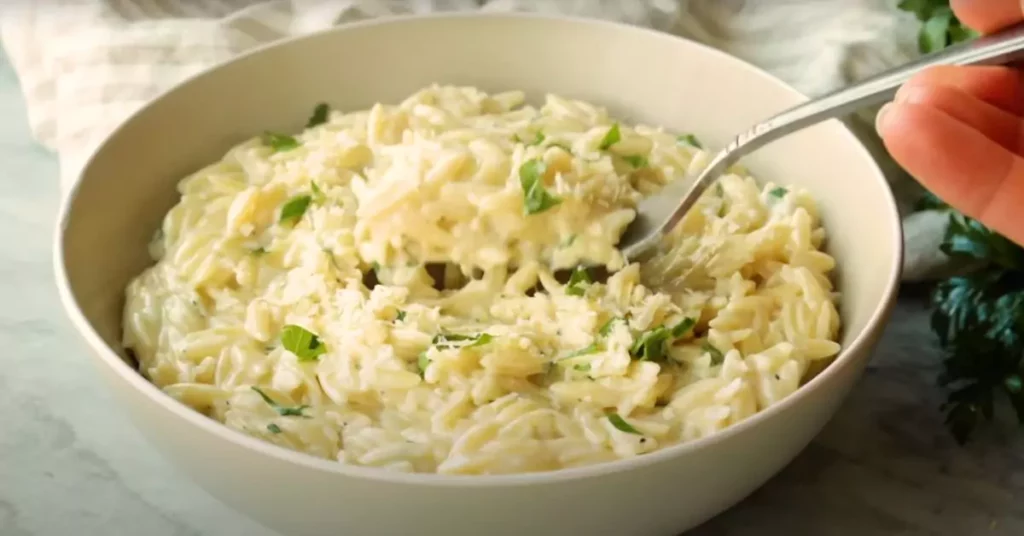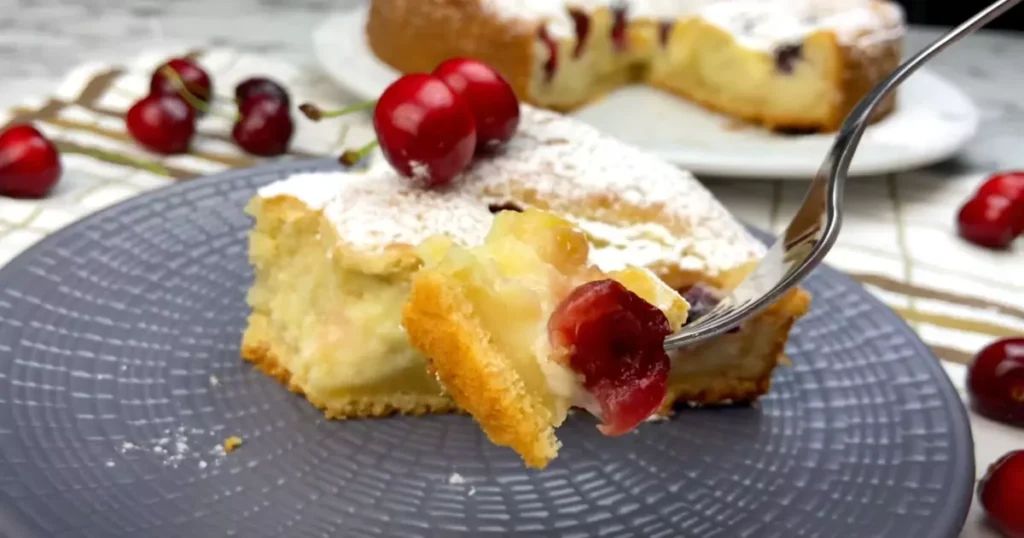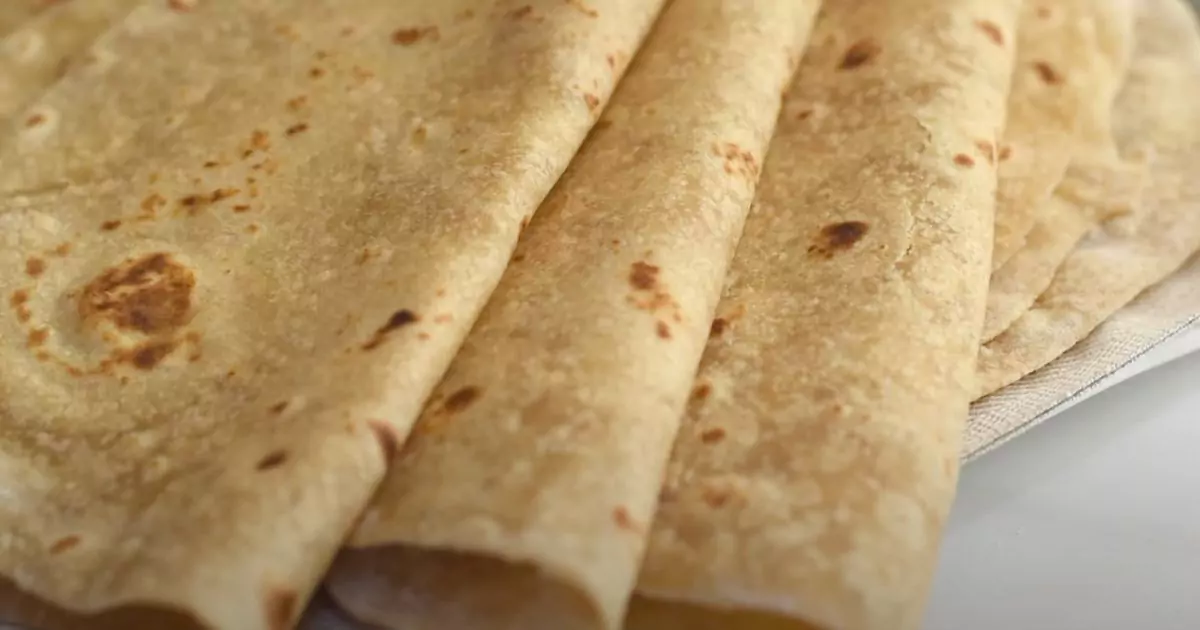
Tortillas are a staple in many cuisines, especially in Mexican and Central American cooking. These versatile flatbreads are used in a variety of dishes, from tacos and burritos to quesadillas and wraps. Making tortillas at home is surprisingly easy and allows you to enjoy fresh, flavorful tortillas that are far superior to store-bought versions. In this blog, we’ll guide you through a detailed recipe, storage tips, creative add-ons, and health considerations. Plus, we’ll delve into the cultural significance and history, nutritional information, and variations of homemade tortillas.
Cultural Significance and History
Tortillas have a rich history dating back thousands of years to the indigenous peoples of Mesoamerica. The word “tortilla” comes from the Spanish word “torta,” which means cake. Corn tortillas were a staple of the Aztec and Mayan diets and continue to be an essential part of Mexican cuisine today. Flour tortillas were introduced by Spanish colonizers and have since become popular in Northern Mexico and the southwestern United States. Both types of tortillas are integral to various traditional dishes and celebrations.
Storage Ideas
Proper storage ensures your homemade tortillas remain fresh and pliable. Here are some tips:
- Room Temperature: Store freshly made tortillas in a tortilla warmer or wrapped in a clean kitchen towel and placed in a plastic bag. They can stay fresh at room temperature for up to 2 days.
- Refrigeration: For longer storage, refrigerate the tortillas in an airtight container or zip-top bag. They can last for up to a week.
- Freezing: To freeze, stack the tortillas with a piece of parchment paper between each one and place them in a freezer-safe bag. They can be frozen for up to 3 months. Thaw in the refrigerator or at room temperature before reheating.
Ingredients
To make homemade tortillas, you will need the following ingredients:
Corn Tortillas:
- 2 cups masa harina (corn flour)
- 1 1/2 cups warm water
- 1/2 teaspoon salt
Flour Tortillas:
- 2 cups all-purpose flour
- 1/2 teaspoon salt
- 3 tablespoons lard or vegetable shortening
- 3/4 cup warm water
Instructions
Step 1: Prepare the Dough
For corn tortillas, mix the masa harina and salt in a large bowl. Gradually add the warm water, mixing with your hands until a dough forms. The dough should be soft but not sticky. If it’s too dry, add a little more water; if it’s too wet, add a bit more masa harina. Cover the dough with a damp cloth and let it rest for 10-15 minutes.
For flour tortillas, combine the flour and salt in a large bowl. Cut in the lard or vegetable shortening until the mixture resembles coarse crumbs. Gradually add the warm water, mixing with your hands until a dough forms. Knead the dough on a floured surface for about 5 minutes, until it becomes smooth and elastic. Cover the dough with a damp cloth and let it rest for 30 minutes.
Step 2: Shape the Tortillas
Divide the dough into equal portions. For corn tortillas, divide into 12-16 pieces; for flour tortillas, divide into 8-12 pieces. Roll each piece into a ball.
Step 3: Flatten the Dough
For corn tortillas, use a tortilla press or a rolling pin to flatten each dough ball between two pieces of plastic wrap or wax paper until it’s about 6 inches in diameter.
For flour tortillas, use a rolling pin to roll each dough ball on a lightly floured surface into a circle about 8 inches in diameter.
Step 4: Cook the Tortillas
Heat a cast-iron skillet or griddle over medium-high heat. For corn tortillas, cook each tortilla for about 1-2 minutes on each side, or until it puffs up and gets light brown spots. For flour tortillas, cook each tortilla for about 30-60 seconds on each side, or until it puffs up and gets golden brown spots.
Step 5: Keep Warm and Serve
As you cook the tortillas, keep them warm by stacking them in a tortilla warmer or wrapping them in a clean kitchen towel. Serve warm and enjoy with your favorite fillings and toppings.
Add-On Suggestions
To enhance your tortillas, consider these creative add-ons:
- Herbs and Spices: Add finely chopped fresh herbs like cilantro or spices like cumin or chili powder to the dough for extra flavor.
- Cheese: Mix grated cheese into the dough for a cheesy twist.
- Vegetables: Incorporate finely chopped cooked spinach, grated zucchini, or mashed sweet potatoes into the dough for added nutrition and flavor.
- Flavored Oils: Use flavored oils like garlic or chili-infused oil instead of plain lard or shortening.
Nutritional Information
The nutritional content of tortillas varies based on the type and ingredients used. Here is a general overview:
Corn Tortillas (per tortilla):
- Calories: 50-60
- Protein: 1-2 grams
- Fat: 1 gram
- Carbohydrates: 10-12 grams
- Fiber: 1-2 grams
- Sodium: 10-20 mg
Flour Tortillas (per tortilla):
- Calories: 150-200
- Protein: 3-4 grams
- Fat: 4-6 grams
- Carbohydrates: 25-30 grams
- Fiber: 1-2 grams
- Sodium: 200-300 mg
Variations
Homemade tortillas are versatile and can be adapted in many ways to suit different tastes and dietary needs. Here are some variations to consider:
- Whole Wheat: Use whole wheat flour instead of all-purpose flour for a healthier option.
- Gluten-Free: For gluten-free tortillas, use a blend of gluten-free flours or almond flour.
- Flavored Tortillas: Experiment with different flavors by adding ingredients like spinach, beets, or turmeric to the dough.
- Tortilla Chips: Cut cooked tortillas into triangles and bake or fry them to make homemade tortilla chips.
Tips for Perfect Tortillas
- Use Warm Water: Warm water helps to hydrate the dough and makes it easier to work with.
- Rest the Dough: Allowing the dough to rest helps to relax the gluten and makes it easier to roll out.
- Preheat the Skillet: Ensure your skillet or griddle is hot before cooking the tortillas to achieve the perfect texture.
- Thin and Even: Roll out the dough evenly to ensure that the tortillas cook uniformly.
- Keep Them Warm: Keeping cooked tortillas warm helps to maintain their softness and pliability.
Health Considerations
Tortillas can be a nutritious part of your diet, but here are some health considerations to keep in mind:
- Whole Grains: Opt for whole grain or whole wheat tortillas for added fiber and nutrients.
- Healthy Fats: Use healthy fats like olive oil or avocado oil instead of lard or shortening.
- Portion Control: Be mindful of portion sizes, especially with flour tortillas, as they can be higher in calories.
- Dietary Adjustments: For those with dietary restrictions, look for gluten-free or low-carb tortilla recipes.
Benefits of Health, Family, and Home Insurance
While cooking at home is enjoyable and rewarding, it’s always good to be prepared for any unexpected incidents. Here’s why having comprehensive health, family, and home insurance is beneficial:
- Health Insurance: Covers medical expenses for unforeseen health issues, such as kitchen accidents or food allergies, ensuring you receive necessary treatment without financial strain.
- Family Insurance: Protects your entire family, providing peace of mind that everyone is covered in case of emergencies.
- Home Insurance: Safeguards your home against damage or loss due to kitchen fires or other accidents, helping cover repair costs and protect your investment.
Having these insurance policies in place allows you to enjoy your cooking adventures with confidence, knowing you’re protected against unexpected events.
Making homemade tortillas is a rewarding experience that brings fresh, authentic flavors to your kitchen. With a simple recipe and plenty of variations, you can customize your tortillas to suit your taste and dietary preferences. Remember to store them properly, consider health aspects, and enjoy these versatile flatbreads with your favorite fillings and toppings. So, gather your ingredients, follow these steps, and savor the delicious taste of homemade tortillas. Happy cooking!

